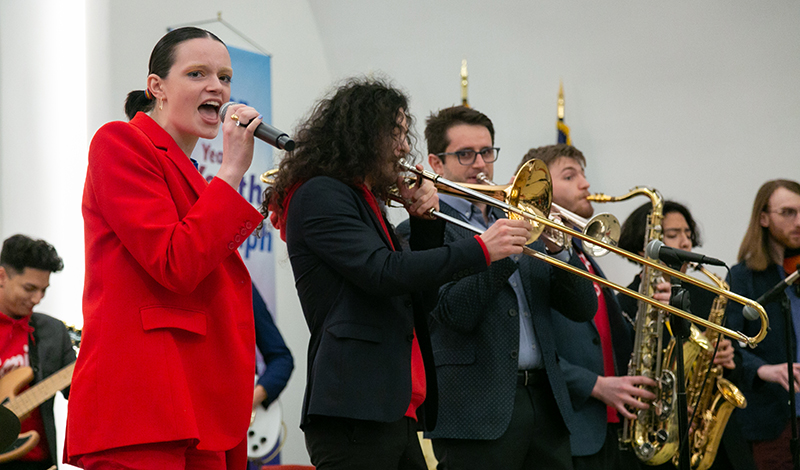Using neither bullets nor bayonets,
but only simple fifes and drums,
you play the basic rhythms of the Mystic Universe;
none can help responding from deep within.
Certainly you shall spur the world to peace! [1]
—Ikeda Sensei, from his poem to the Fife and Drum Corps titled “Angels of Peace”
Legend has it that a band of fifes, when played in their upper register, can be heard up to 3 miles away and over artillery fire. For that reason, from the Renaissance onward, European armies found the instrument useful for signaling on the battlefield.
When the Soka Gakkai Fife and Drum Corps was formed in the United States in 1963, Ikeda Sensei gifted five fifes to the young women’s performing group.
In the beginning, some of the members couldn’t afford instruments so they used soft drink bottles as instruments for practice.[2] Still, the mission of the Fife and Drum Corps and the Brass Band, which had been formed 6 months earlier, wasn’t purely performative but rather to spur their fellow members on in the battle for peace.
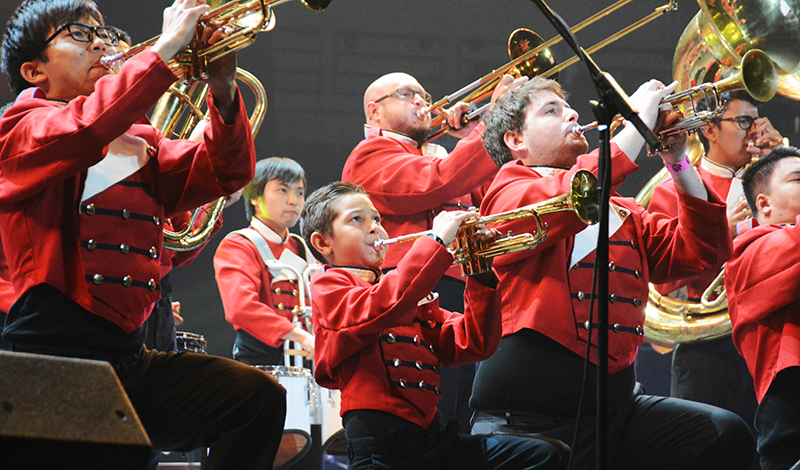
Sensei had been a youth himself when he proposed forming a Soka Gakkai young men’s brass band in Japan. The majority of the senior leaders at the time opposed his idea, saying it had nothing to do with faith. It was his mentor, second Soka Gakkai President Josei Toda, who understood his spirit and intent, saying, “If that’s what you want to do, then do it.”[3]
The Brass Band was officially established on May 6, 1954, and two years later, on July 22, 1956, the Fife and Drum Corps followed suit. Sensei used his own money to purchase and donate instruments to the original 16 Brass Band and 33 Fife and Drum Corps members. Less than a decade later, the performing groups were established here in the U.S.
From these humble beginnings, the SGI youth performing groups, now named the Ikeda Youth Ensemble in the U.S., have imparted hope and courage to people the world over.
And toward the Youth Peace Festivals to occur in March 2024[4] in cities and towns throughout its U.S., the Ikeda Youth Ensemble is reinvigorating its Brass Band, Fife and Drum Corps, chorus, dance and jazz band groups.
In the following excerpt from volume 14 of The New Human Revolution, Sensei writes about the groups’ origins and their mission to set alight the flame of joy and courage in people’s hearts, their own spirits burning brightly with the light of faith.
—Prepared by the World Tribune staff
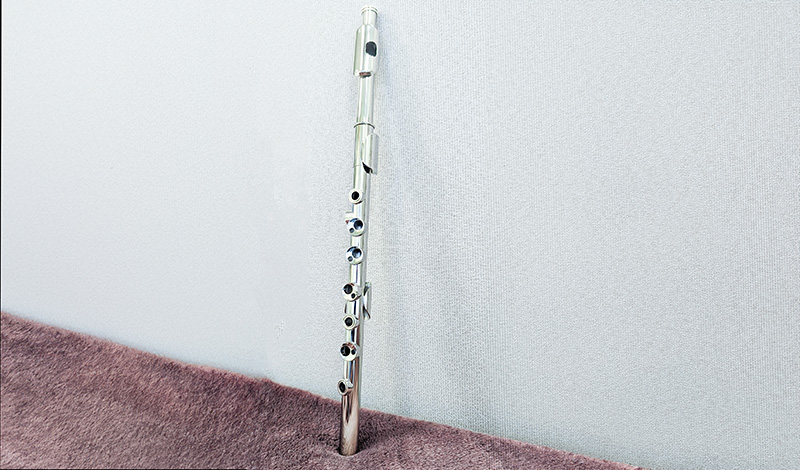
‘Faith Is the Driving Force’
On July 22, 1956, the day the Fife and Drum Corps was established, young women who wished to join it gathered at the Soka Gakkai Headquarters. None of them, however, had ever held a fife or drum before. The fife players eagerly lifted their instruments, ready for their first instruction from [Brass Band leader Takeshi] Arimura. But when they put the fifes to their lips and blew, no sound came out. When they blew even harder, they became dizzy and winded. Though most of them also couldn’t read music, they tried their best.
From that day, the corps members embarked on a bold challenge. They were inexperienced technically but unrivaled in spirit and determination. The drummers, for example, were constantly vocalizing the rhythm to the music they were learning in an effort to master it. When they returned home at the end of the day, they would practice with chopsticks on drum pads they had fashioned by wrapping dishcloths over cutting boards.
Rehearsals were carried out amid the members’ busy schedules of work, study and Soka Gakkai activities, but no one ever complained. They all knew that starting any new endeavor required patience and effort.
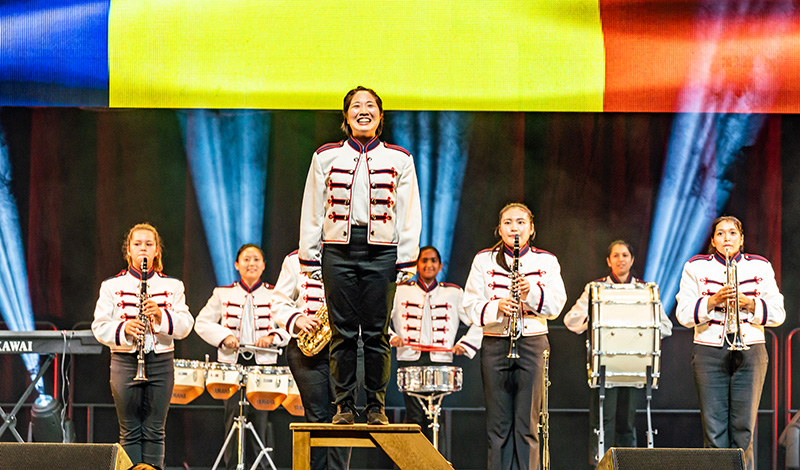
Their first performance took place during the young women’s leaders meeting held at the Nakano Civic Hall in Tokyo on Sept. 3 that year. On that occasion, Mieko Koga, an elementary school teacher who was taking night courses at a music college, was appointed leader. There were a total of 33 members—10 drummers and 23 fife players. With Koga conducting, they played the well-loved Japanese song “Moon Over the Ruined Castle” and other favorites of the young women’s division.
They had all practiced very hard, but nearly half of the fife players were still inaudible. Not yet able to read music, some of them wrote out the notes syllabically on a piece of paper and taped it to the back of the person standing in front of them. Moreover, there weren’t enough drum straps, so the front row of drummers set their drums on the stage, which muffled the sound.
The corps members were all extremely nervous before their debut. Their hands trembled as they held their instruments and their legs shook. Though they did their best, it was far from a first-rate performance. Some of the audience humorously dubbed them the “breath band” because all that could be heard was a blowing sound as they played.
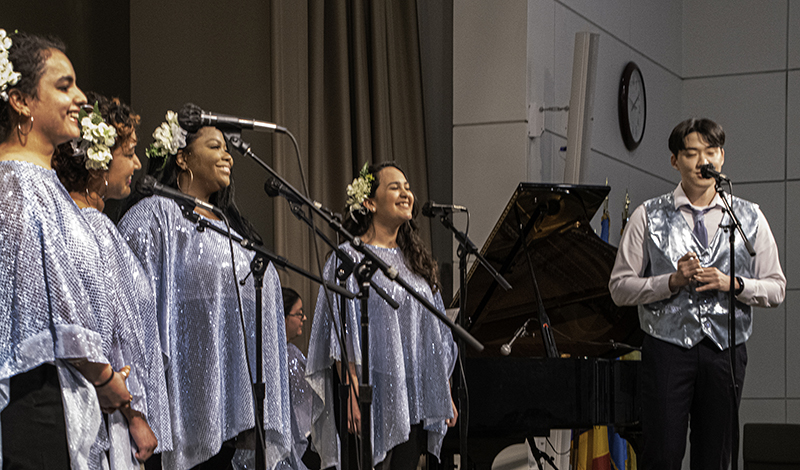
When Shin’ichi [Yamamoto] learned of this from the young women’s leaders, he smiled and said: “What people say about them now doesn’t matter. The important thing is that they become the best in the world. And I know they will. I am convinced of it. The reason I am so certain is that to become the best, one must have a lofty goal and a strong sense of purpose. Without a clear goal, one cannot reveal one’s full potential. The Soka Gakkai Fife and Drum Corps exists for the sake of kosen-rufu, for the happiness of humankind, and for world peace. What could be loftier?
“Therefore, if the corps members are aware of their goal and mission, they will be able to demonstrate talent greater than they ever imagined. At the same time, however, they must practice in earnest and make tremendous effort. In any undertaking, success is another word for effort. If our Fife and Drum Corps wants to surpass other groups, it has to practice harder than any other. Faith is the driving force for rising to such a challenge.”[5]
October 13, 2023, World Tribune, pp. 6–7
You are reading {{ meterCount }} of {{ meterMax }} free premium articles

